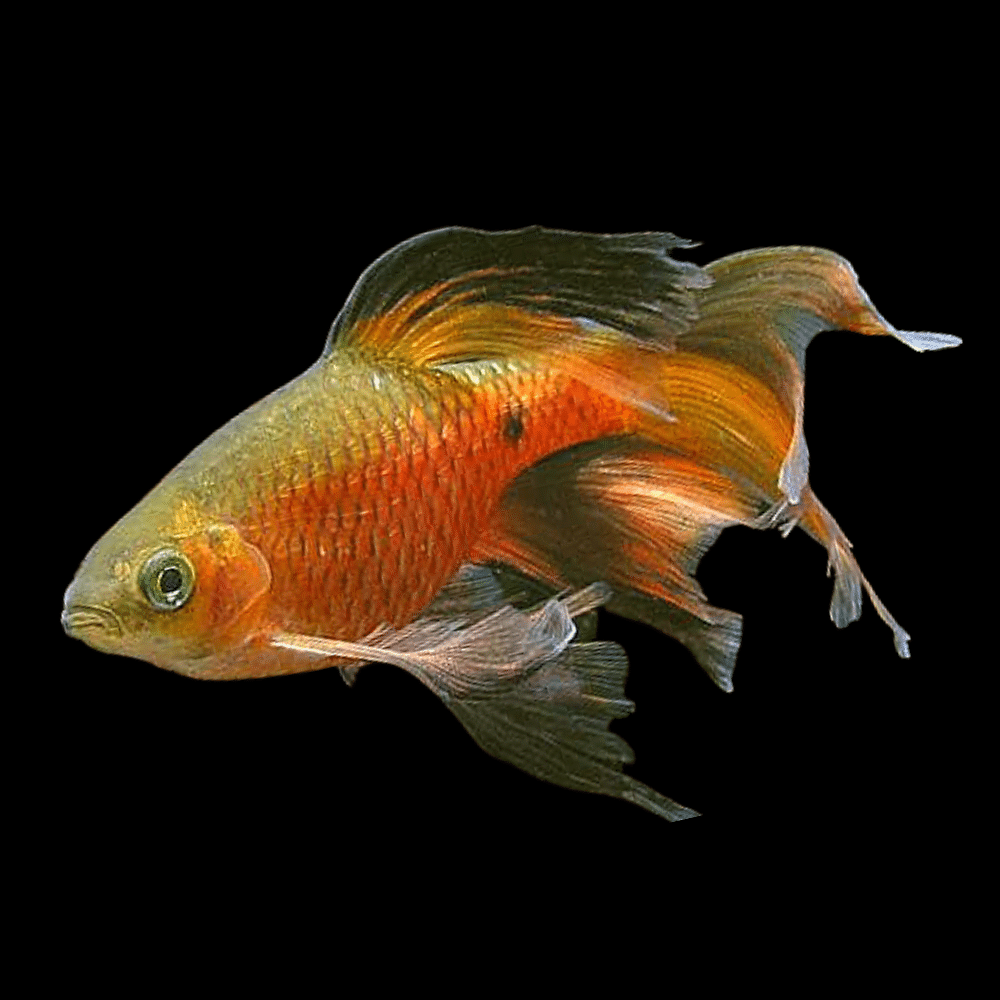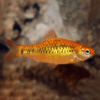To provide the best experiences, we use technologies like cookies to store and/or access device information. Consenting to these technologies will allow us to process data such as browsing behaviour or unique IDs on this site. Not consenting or withdrawing consent, may adversely affect certain features and functions.
The technical storage or access is strictly necessary for the legitimate purpose of enabling the use of a specific service explicitly requested by the subscriber or user, or for the sole purpose of carrying out the transmission of a communication over an electronic communications network.
The technical storage or access is necessary for the legitimate purpose of storing preferences that are not requested by the subscriber or user.
The technical storage or access that is used exclusively for statistical purposes.
The technical storage or access that is used exclusively for anonymous statistical purposes. Without a subpoena, voluntary compliance on the part of your Internet Service Provider, or additional records from a third party, information stored or retrieved for this purpose alone cannot usually be used to identify you.
The technical storage or access is required to create user profiles to send advertising, or to track the user on a website or across several websites for similar marketing purposes.


 Red Devil Vampire Crab - Geosesarma Hagen - Decapod Crustacean
2 × £8.71
Red Devil Vampire Crab - Geosesarma Hagen - Decapod Crustacean
2 × £8.71 














Emily Carter (verified owner) –
I recently added 5 Long Fin Rosy Barbs to my community tank, and I couldn’t be happier! These little guys have brought so much life to my aquarium. After about two weeks, they’ve settled in beautifully and are swimming around with such vibrant energy. Their long, flowing fins are stunning to watch as they dart through the plants. I love how they interact with my other fish, making them a perfect addition to any freshwater setup!
In terms of size, they arrived around 2 inches each, which was perfect for my 55-gallon tank. Compared to other barbs I’ve kept, these Rosy Barbs are much friendlier and less aggressive, making them ideal for a community setting. I did notice that they prefer a bit of cover, so I added more plants to the tank, which they appreciate.
I would highly recommend these fish to anyone from beginners to seasoned aquarists. They have a playful demeanor that adds so much joy to my daily routine! Just ensure you have a tank of at least 30 gallons to really give them room to thrive. Overall, I’m thrilled with my purchase and will definitely buy from this seller again!
Emily Waters (verified owner) –
I recently purchased these 5 Long Fin Rosy Barbs, and I couldn’t be happier! They arrived within 3 days, safe and sound, which is always a relief. After a week in my community tank, they’ve settled in beautifully and are already showing off their stunning colors! 🐠 Their long fins dance gracefully as they swim around, adding such life to the aquarium.
What I love most is how these tropical fish coexist peacefully with my other residents, like guppies and tetras. They’re perfect for anyone, whether you’re a beginner or an experienced hobbyist. I’ve tried other barbs in the past, but these beauties really stand out in terms of personality and vibrancy.
One minor concern I had was that they can be a bit shy when first introduced, so I made sure to provide plenty of hiding spots, like plants and decorations, which helped them adjust.
Overall, if you’re looking for lively, colorful freshwater fish to enrich your community tank, these Long Fin Rosy Barbs are a must-have! I’m already considering getting a few more to add to my school. Highly recommend to fellow fish lovers!